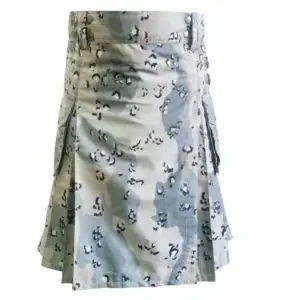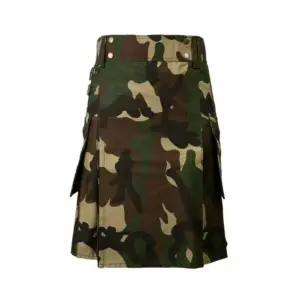Introduction:
Kilts and Tartan An Evocative Journey Across Centuries embodying centuries of tradition and symbolism. In this exploration, we delve into the fascinating history and enduring appeal of kilts, tracing their evolution from humble beginnings to contemporary fashion statements.
Origins of the Kilt:
The story of the kilt begins amidst the rugged landscapes of the Scottish Highlands, where ancient Celtic tribes roamed. Early incarnations of the kilt, such as the belted plaid served as versatile garments, providing warmth and protection against the elements. These early kilts were not just clothing but symbols of Highland identity, reflecting the resilience and resourcefulness of their wearers.
The Symbolism of Tartan:
Central to the allure of kilts is the intricate patterns of tartan, each design carrying its own unique symbolism and heritage. Tartan served as a visual language, representing familial ties, clan allegiances, and regional affiliations. The vibrant colors and patterns of tartan wove a tapestry of identity, uniting Scots both at home and abroad in a shared sense of pride and belonging
Kilts in History:
Throughout history, kilts have played pivotal roles in shaping Scottish identity and history. From the battlefields of the Jacobite uprisings to the regiments of the British Army, kilts became synonymous with bravery, loyalty, and tradition. The Victorian era witnessed a romanticized revival of Highland culture, fueling a renewed interest in kilts and tartan among both Scots and admirers from afar.
The Modern Kilt:
While rooted in tradition, the kilt has also evolved with the times, adapting to changing tastes and lifestyles. Today, kilts are not just relics of the past but vibrant expressions of individuality and style. From runway fashion to wedding ceremonies, kilts have transcended their Highland origins to become global symbols of sophistication and heritage.
Embracing Tradition Today:
In the 21st century, the spirit of the kilt lives on, celebrated in Highland games, festivals, and cultural events worldwide. Efforts to preserve traditional kilt-making techniques ensure that this ancient craft continues to thrive, passed down from one generation to the next. Whether donned for a formal occasion or worn with pride in everyday life, the kilt remains a timeless emblem of Scottish identity and tradition.
Conclusion:
As we conclude our journey through the annals of time and tartan, one thing becomes abundantly clear: the kilt is more than just a piece of clothing; it is a living symbol of Scotland’s rich cultural tapestry. From its humble origins in the Highlands to its global embrace in the modern era, the kilt continues to captivate hearts and minds, weaving together the threads of history, tradition, and identity in a timeless garment that transcends borders and generations.



